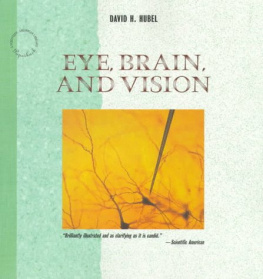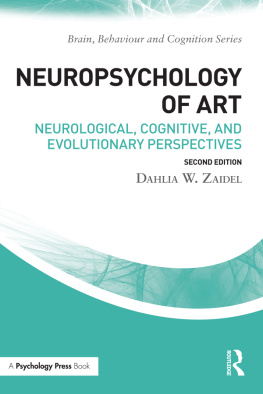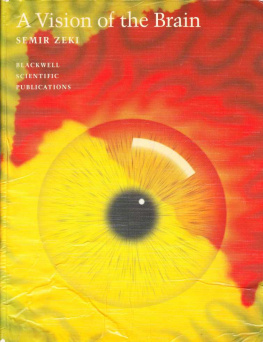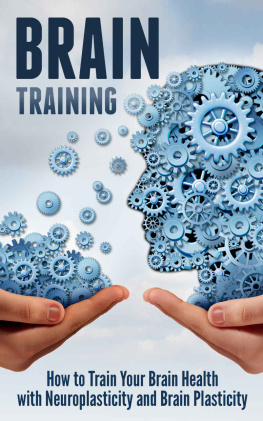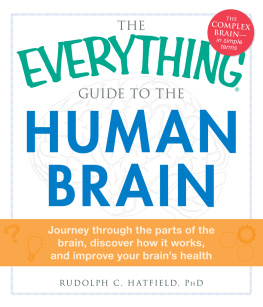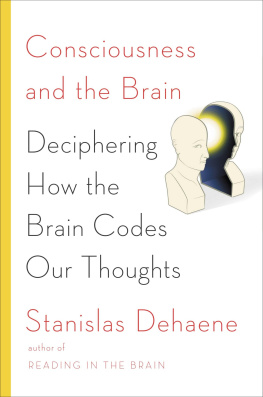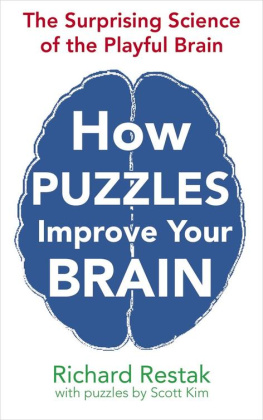Eye, Brian, and Vision
Second Edition
by
David H. Hubel

W H Freeman & Co., 1988
ISBN: 978-0716750208
This EPub version (v0.5) of Eye, Brian, and Vision is brought to you by Richard J. Cui at Phoenix, USA, April 2017.
Preface
This book is mainly about the development of our ideas on how the brain handles visual information; it covers roughly the period between 1950 and 1980. The book is unabashedly concerned largely with research that I have been involved in or have taken a close interest in. I count myself lucky to have been around in that era, a time of excitement and fun. Some of the experiments have been arduous, or so it has often seemed at 4:00 A.M., especially when everything has gone wrong. But 98 percent of the time the work is exhilarating. There is a special immediacy to neurophysiological experiments: we can see and hear a cell respond to the stimuli we use and often realize, right at the time, what the responses imply for brain function. And in modern science, neurobiology is still an area in which one can work alone or with one colleague, on a budget that is minuscule by the standards of particle physics or astronomy.
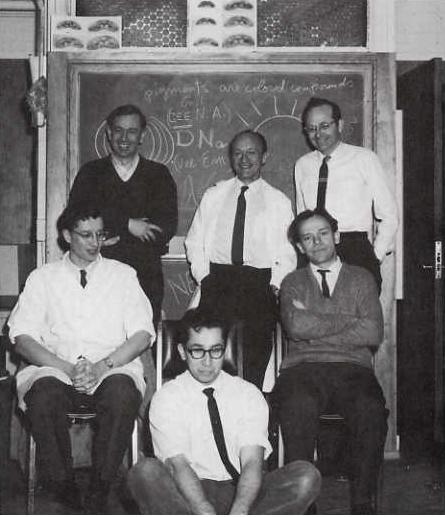
The neurobiology group in the Department of Pharmacology at Harvard Medical School, 1963, the group that later formed the Department of Neurobiology. Standing (left to right): Edwin Furshpan, Stephen Kuffler, David Hubel. Seated (left to right): David Potter, Edward Kravitz, and Torsten Wiesel.
To have trained and worked on the North American continent has been a special piece of good luck, given the combination of a wonderful university system and a government that has consistently backed research in biology, especially in vision. I can only hope that we have the sense to cherish and preserve such blessings.
In writing the book I have had the astronomer in mind as my prototypical readersomeone with scientific training but not an expert in biology, let alone neurobiology. I have tried to give just enough background to make the neurobiology comprehensible, without loading the text down with material of interest only to experts. To steer a course between excessive superficiality and excessive detail has not been easy, especially because the very nature of the brain compels us to look at a wealth of articulated, interrelated details in order to come away with some sense of what it is and does.
All the research described here, in which I have played any part, has been the outcome of joint efforts. From 1958 to the late 1970s my work was in partner-ship with Torsten Wiesel. Had it not been for his ideas, energy, enthusiasm, stamina, and willingness to put up with an exasperating colleague, the out-come would have been very different. Both of us owe a profound debt to Stephen Kuffler, who in the early years guided our work with the lightest hand imaginable, encouraged us with his boundless enthusiasm, and occasionally discouraged our duller efforts simply by looking puzzled.
For help in writing one needs critics (I certainly do)the harsher and more unmerciful, the better. I owe a special debt to Eric Kandel for his help with the emphasis in the opening three chapters, and to my colleague Margaret Livingstone, who literally tore three of the chapters apart. One of her comments began, First you are vague, and then you are snide . She also tolerated much irascibility and postponement of research. To the editors of the Scientific American Library, notably Susan Moran, Linda Davis, Gerard Piel, and Linda Chaput, and to the copyeditor, Cynthia Farden, I owe a similar debt: I had not realized how much a book depends on able and devoted editors. They corrected countless English solecisms, but their help went far beyond that, to spotting duplications, improving clarity, and tolerating my insistence on placing commas and periods after quotation marks. Above all, they would not stop bugging me until I had written the ideas in an easily understandable (I hope!) form. I want to thank Carol Donner for her artwork, as well as Nancy Field, the designer, Melanie Nielson, the illustration coordinator, and Susan Stetzer, the production coordinator. I am also grateful for help in the form of critical reading from Susan Abookire, David Cardozo, Whittemore Tingley, Deborah Gordon, Richard Masland, and Laura Regan. As always, my secretary, Olivia Brum, was helpful to the point of being indispensable and tolerant of my moods beyond any reasonable call of duty. My wife, Ruth, contributed much advice and put up with many lost weekends. It will be a relief not to have to hear my children say, Daddy, when are you going to finish that book? It has, at times, seemed as remote a quest as Sancho Panzas island.
David H. Hubel
For Paperback Edition
The changes I have made for this paperback edition consist mainly of minor corrections, the most embarrassing of which is the formula for converting degrees to radians. My high school mathematics teachers must be turning over in their graves. I have not made any attempt to incorporate recent research on the visual cortex, which in the last ten years has mostly focussed on areas beyond the striate cortex. To extend the coverage to include these areas would have required another book. I did feel that it would be unforgivable not to say something about two major advances: the work of Jeremy Nathans on the genetics of visual pigments, and recent work on the development of the visual system, by Caria Schatz, Michael Stryker, and others.
David H. Hubel, January 1995
CONTENTS
SOURCES OF ILLUSTRATIONS
INDEX
1. INTRODUCTION

Next page
